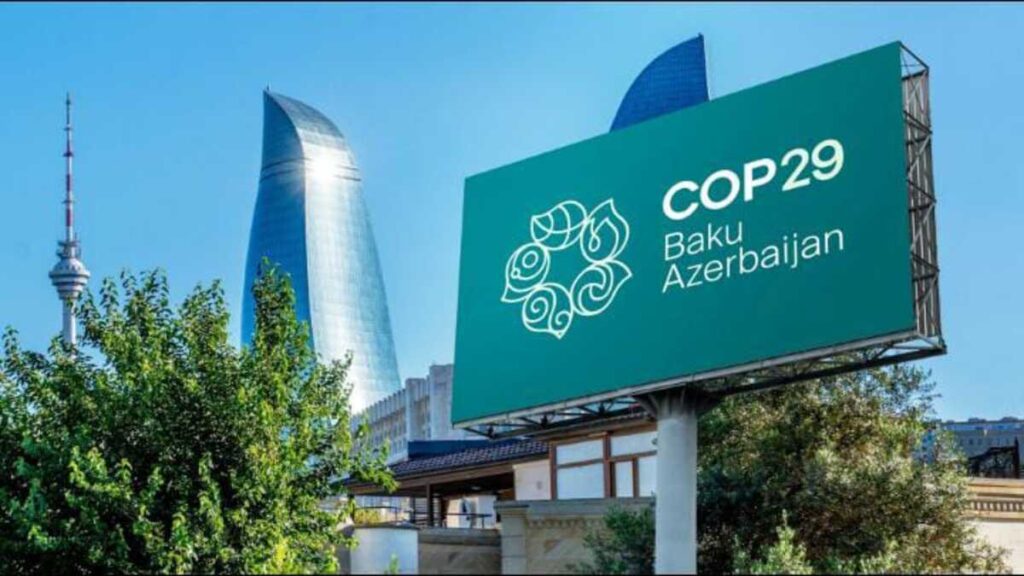As the 29th Conference of the Parties (COP29) unfolds in Baku, Azerbaijan, a significant breakthrough has emerged in the realm of climate finance. Multilateral development banks (MDBs), including prominent institutions such as the World Bank and the African Development Bank, have announced a landmark commitment to collectively mobilise $170 billion annually by 2030. This ambitious target is designed to bolster climate action in both low- and middle-income countries, with $120 billion earmarked for these nations and an additional $50 billion allocated for high-income countries.
The announcement, made on November 12, underscores the MDBs’ renewed focus on addressing the urgent financial needs of countries most vulnerable to climate change. The commitment reflects a substantial increase from previous funding levels, with MDBs reporting a 25% rise in direct climate finance over the past year alone. This increase is seen as essential for driving transformative change and supporting national climate ambitions.

In addition to direct funding, MDBs are working to mobilise an additional $65 billion from the private sector. This strategy aims to leverage private investment to complement public funding, creating a more robust financial framework for climate initiatives. The MDBs emphasised their role as facilitators of collaboration among governments, private investors, and civil society, recognising that a concerted effort is necessary to meet global climate goals.
However, amidst these positive developments, frustrations linger among developing nations regarding the slow progress towards establishing a New Collective Quantified Goal (NCQG) for climate finance. The initial proposal for the NCQG was a modest nine pages but has since expanded to 34 pages due to pressure from countries advocating for more comprehensive funding options. Key proposals emerging from these discussions include a minimum annual allocation of $220 billion specifically for Least Developed Countries (LDCs) and $39 billion for Small Island Developing States (SIDS). These nations are particularly vulnerable to the impacts of climate change and require urgent financial support to adapt and mitigate risks.
Youth organisations have also taken centre stage at COP29, advocating for a “Universal NDC Youth Clause” that would ensure young people are actively involved in shaping national climate strategies. This initiative aims to recognise youth as essential drivers of climate action and facilitate their participation in decision-making processes at all levels. Activists argue that engaging young people is crucial for fostering innovative solutions and ensuring that future generations have a voice in the fight against climate change.
As negotiations continue over the coming days, the stakes remain high. With global fossil fuel emissions projected to rise by 0.8% in 2024 a concerning trend that contradicts the urgent need for emissions reductions the pressure on negotiators is mounting. The outcomes of COP29 will not only influence international climate finance but will also set the trajectory for global cooperation in addressing climate change in the years leading up to COP30 in 2025.
COP29 represents a critical juncture in global efforts to combat climate change. The commitments made by MDBs signal a renewed focus on financing solutions that can empower vulnerable nations while fostering sustainable development. As discussions progress, stakeholders from all sectors will be watching closely, hoping for concrete outcomes that reflect the urgency of the climate crisis and pave the way for a more sustainable future.